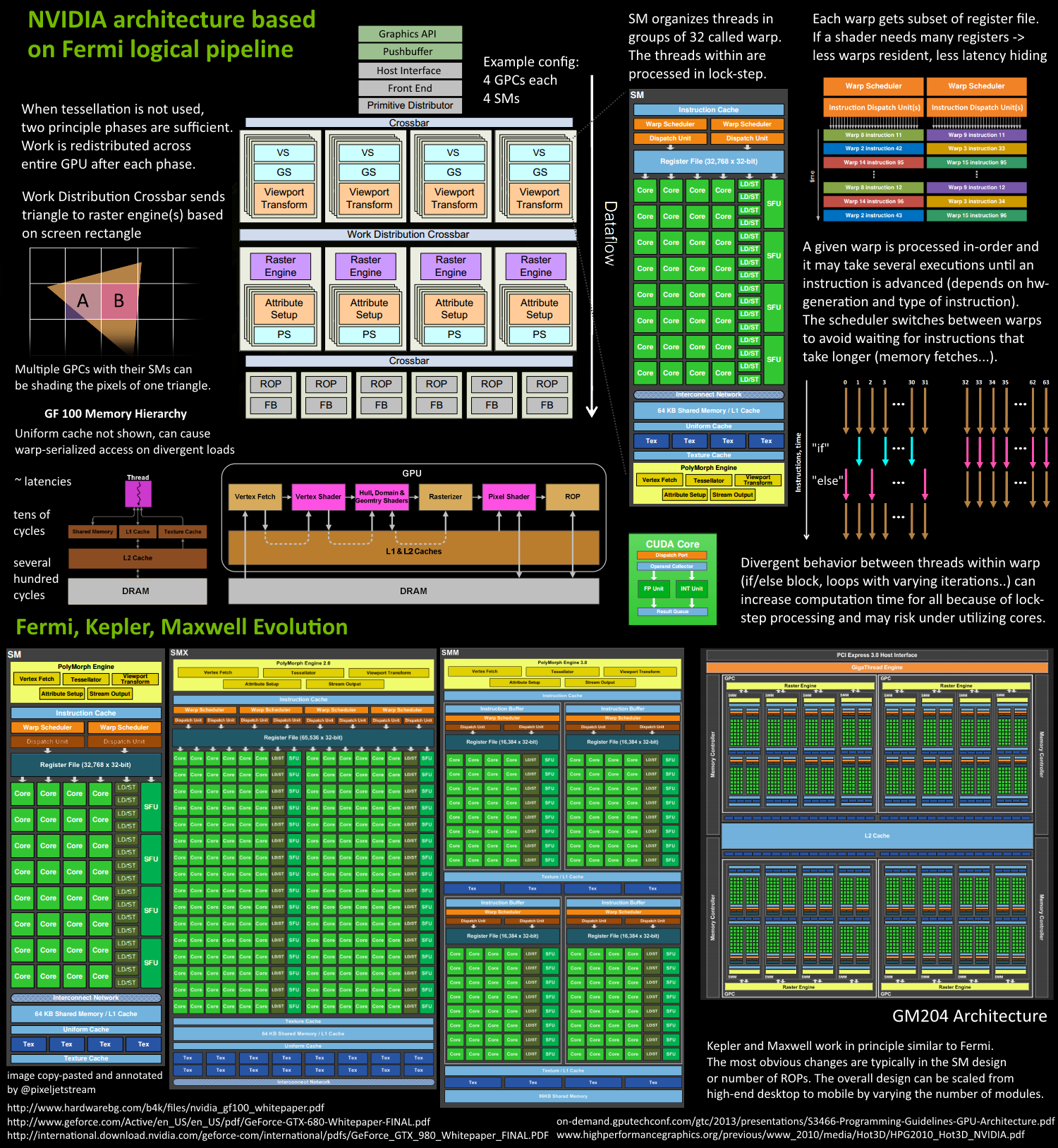
- #Could not start mic pipeline nvidia broadcast full#
- #Could not start mic pipeline nvidia broadcast pro#
For anyone who has a space with less than favorable acoustics, this is going to help you dial down that dreaded “cave” sound you have probably been battling with. And importantly, all in realtime, unlike something like iZotope RX which is incredibly good at repairing sound, but aimed at post production. Broadcast is focused on shaping up your stream, not bending it into something else. But both are useful and there’s no novelty chaffe (get your robot voices elsewhere!). Right now, there are only two effects to choose from. The area on the right is given over to a tool for testing these effects before you commit to them. Under the Microphone tab you’ll find a drop down on the left to select your input source and a space below for adding effects. We’ll focus mainly on the microphone section, but the other two are just as useful and it all combines into one hub for tweaking your stream, be it video, audio or both. Once you’re in Broadcast you’ll see three main tabs: Microphone, Speaker and Camera.
#Could not start mic pipeline nvidia broadcast full#
Those looking for the full audio-visual featureset will still need to download the standalone app. The Logitech partnership, to date, only works with some products and only with some of the features on offer in NVIDIA Broadcast. While that’s only a fraction of the companies’ offerings, it still represents a lot of headsets and microphones that today have new, untapped potential.
#Could not start mic pipeline nvidia broadcast pro#
Supported models at launch are Logitech's G733, Pro X and Pro X Wireless headsets, and Blue's Yeti X, Yeti Classic and Yeti Nano microphones. The better news is, if you have a Logitech headset or Blue mic, as of today, Broadcast is natively supported so you won’t even need to dive into the app. If you do have a supported card then you can simply download the Broadcast app and get cracking.

If you don’t already own a compatible GPU, now isn’t exactly the best time to be looking for one, thanks to the ongoing chip shortage, but things do seem to be slowly easing up.

For example, if you have something like a Blue Yeti and an older webcam you’re going to get more out of this tool than someone with a Shure SM7B and a Sony A7.īroadcast specifically “uses Tensor Cores on NVIDIA RTX GPUs to accelerate AI calculations so you can game, livestream and run AI networks at the same time.” It’s compatible with any RTX GPU - “GeForce RTX 2060, Quadro RTX 3000, or higher” - according to a company spokesperson. While Broadcast offers some helpful tools for all streamers, the real benefit is for those with more entry-level gear. Right up the top, I should set some expectations. Both offer great audio enhancement features, but we’ll focus on Broadcast here as that has effectively (though not entirely) replaced RTX Voice. Then, it quietly released Broadcast - a more comprehensive tool aimed squarely at streamers and content creators. For example, you might remember RTX Voice, which as the name implies, is a tool for upping your microphone game. What if I told you that a graphics card could be the quickest way to improve your livestream or podcast audio? It sounds counterintuitive, but think about it: A GPU often has an extreme amount of processing power sitting idle, so why not use that redundant hardware for other things?įortunately, NVIDIA is way ahead of us, and has already harnessed the potential of its own GPUs to do things beyond, well, graphics.


 0 kommentar(er)
0 kommentar(er)
